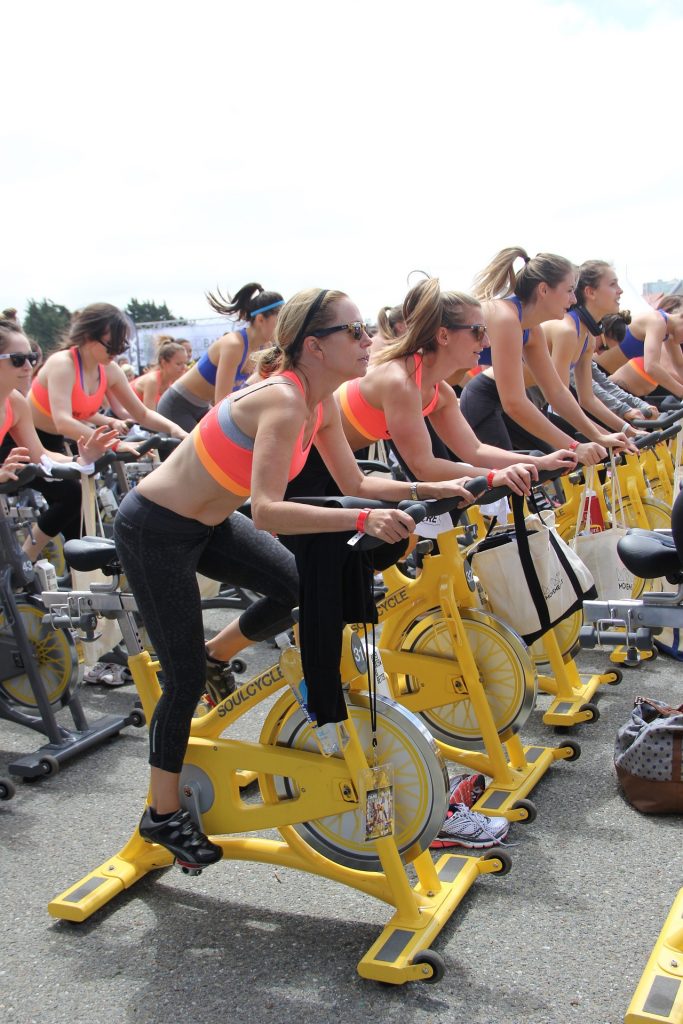All of us want to have textbook strokes, and awesome form and power in all our shots, just like the pros. If we did, we would BE pro tennis players. In reality we all have less than perfect strokes, physical limitations, etc. Thus the subject of this post, Working with the tennis game you’ve got. In the next few minutes we will take a quick look at ways you can maximize results and minimize weaknesses in your game.
- Use your strengths-we know we have weaknesses, but we also have strengths. Find yours and use it as much as possible. This will take some thought on your part. Better still, ask a good tennis friend what they think your strengths are. Have a pretty good lob? Use it to wear down your opponent, keeping them deep in their court and/or running back to retrieve it.
- Stay positive-yes your strokes may let you down periodically during a match, but letting yourself spiral down the mental rabbit hole of negative thoughts will only make it harder to play your best
- Play your game– similar to using your strengths, but an important point. Play within your self. Don’t try shots or styles that you don’t have. For example: If I play against someone with heavy topspin, my first instinct is to try hit heavy topspin back. Sort of a macho thing. But that’s not my game/strength. I am going to make an error before they do because I’m playing their game.
So analyze your game, identify your strengths, be positive and confident in yourself, and stick to your game. And remember to have fun out there!






